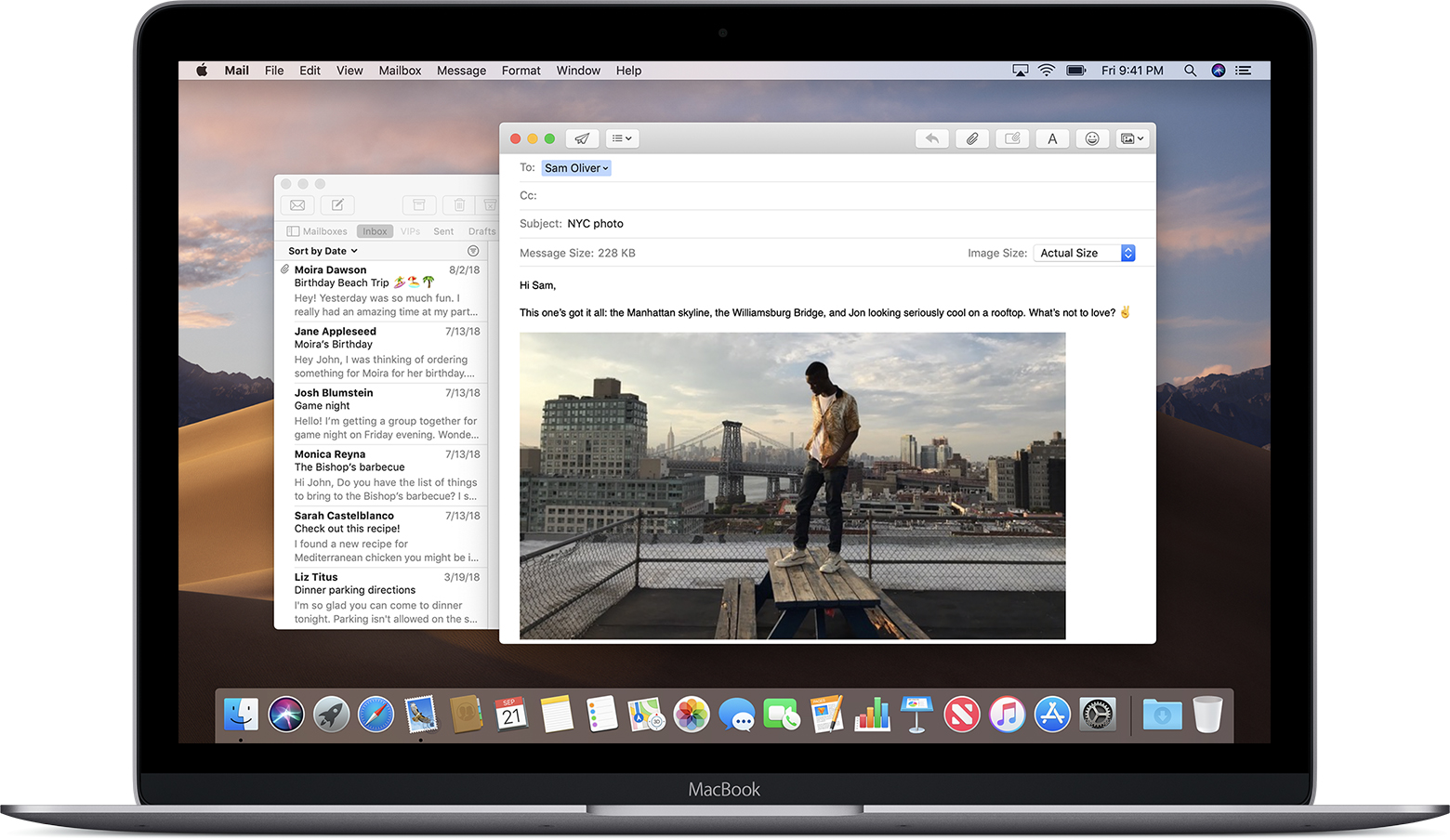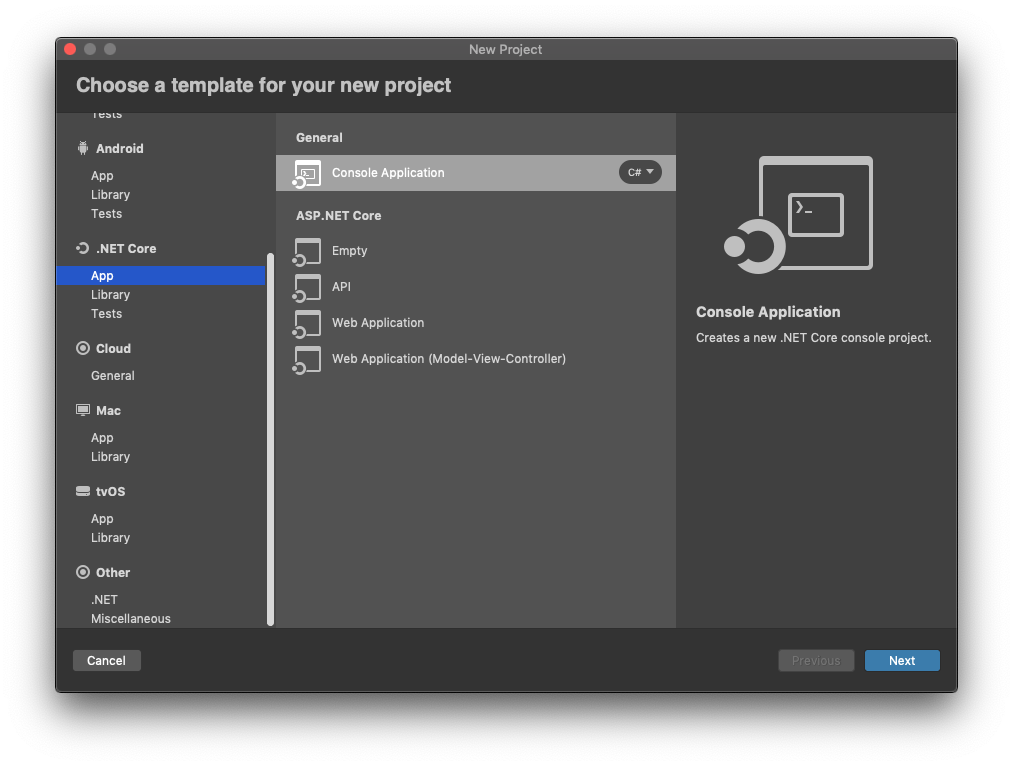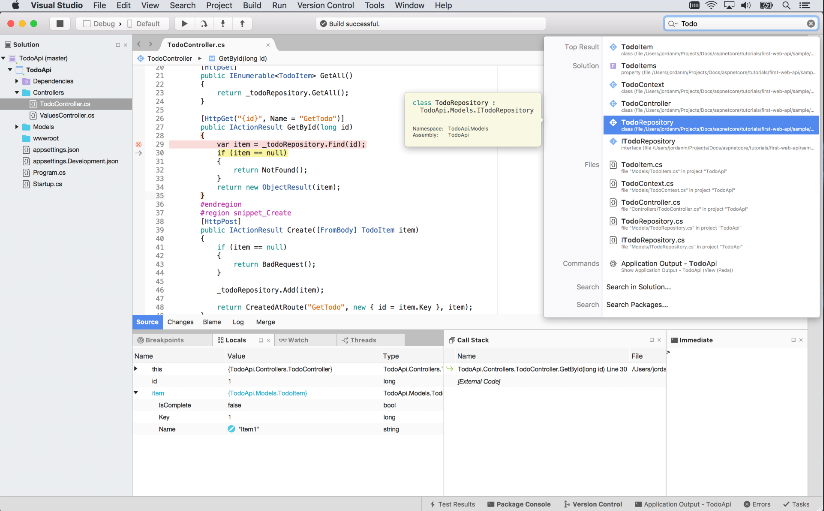

- #Set up an application icon on visual studio for mac for mac#
- #Set up an application icon on visual studio for mac software#
- #Set up an application icon on visual studio for mac code#
- #Set up an application icon on visual studio for mac download#
Many makers of development and creative production software have committed to releasing Apple Silicon versions of apps, including Adobe and Unity. NET 6 preview was distributed last month. NET 6, which is expected to ship in November.
#Set up an application icon on visual studio for mac for mac#
However, native Apple Silicon support is expected to come to Visual Studio 2019 for Mac with. But many popular apps are still not native, including Visual Studio Code's IDE sibling Visual Studio 2019 for Mac. This is the latest in a slow march of productivity and power user apps that have launched native Apple Silicon versions, such as Adobe Photoshop.
#Set up an application icon on visual studio for mac code#
Other key features in Visual Studio Code 1.54 include the ability to retain terminal processes on window reload, performance improvements in the Windows version, product icon themes, improvements when viewing Git history timeline entries, and various accessibility improvements. Thanks to the community for self-hosting with the Insiders build and reporting issues early in the iteration. Users on Macs with M1 chips can now use VS Code without emulation with Rosetta, and will notice better performance and longer battery life when running VS Code. We are happy to announce our first release of stable Apple Silicon builds this iteration. And the non-Apple Silicon version worked just fine on M1 Macs previously via Rosetta, but Microsoft says M1 users can expect a few optimizations with the new binaries: There are no differences in features between the two versions, of course. That said, Microsoft also offers downloads for x86-64 and Arm64 versions specifically, if desired.
#Set up an application icon on visual studio for mac download#
If compilation fails, make sure you have all the compiler options correct and try again.Īnother path would be to just download Resource Hacker and use it to modify your EXE directly.Further Reading Apple’s M1 MacBook Air has that Apple Silicon magicThe change came in Visual Studio Code 1.54 (now 1.54.1, thanks to a bug fix update), which is available as a universal 64-bit binary, as is standard for apps with Apple Silicon support. You should now be able to navigate to your application's EXE using Windows Explorer and see it represented with the icon you selected for it.

Now, to add a main icon resource to your program, a quick walk-through: Test compile something simple to make sure you've got it working.

If you aren't using the GCC you'll also want to make sure you've got the proper global variables set up. For TC++Explorer you'll want to make sure you've got something like: C++ Compiler: bcc32.exe Mine uses all the default stuff for GCC: C Compiler: mingw32-gcc.exeĪgain, if you are using something different, make sure you've got the correct executables.



 0 kommentar(er)
0 kommentar(er)
